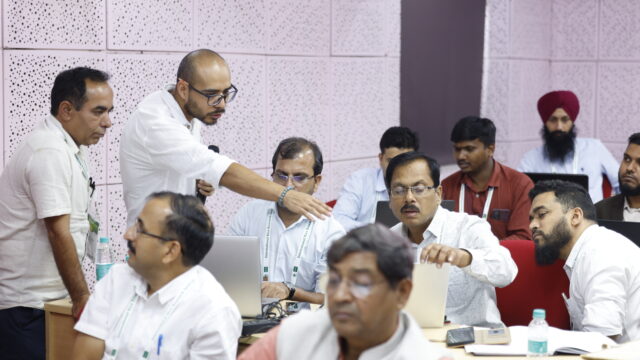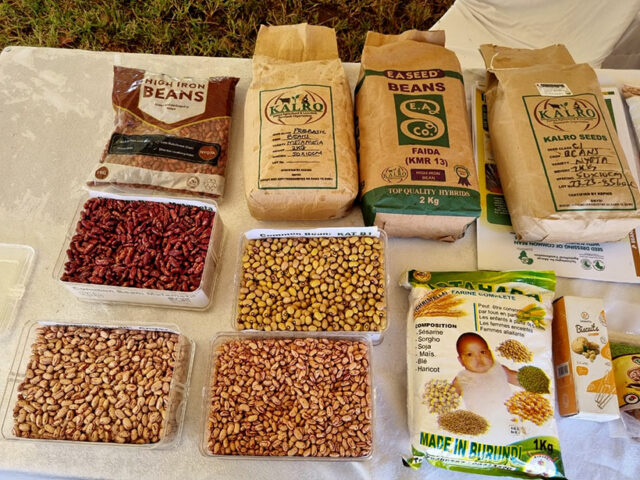
DNA fingerprinting is the process through which genetic material is extracted from a sample taken from an individual plant, or population of plants, in a field and then compared to a known set of genetic profiles – referred to as a “library” of reference samples. The individual sample is then matched to its closest reference sample providing a definitive answer to the question of whether the sample is or is not that variety or cultivar. DNA fingerprinting has long been used by breeders and geneticists, but it is starting to be used by economists and social scientists as a tool for data collection. There are two reasons for this: The first is that the per-unit cost of analysis is coming down (See Figure 1); the second is that it is becoming increasingly difficult to differentiate varieties based on phenotypic (observable) characteristics.



